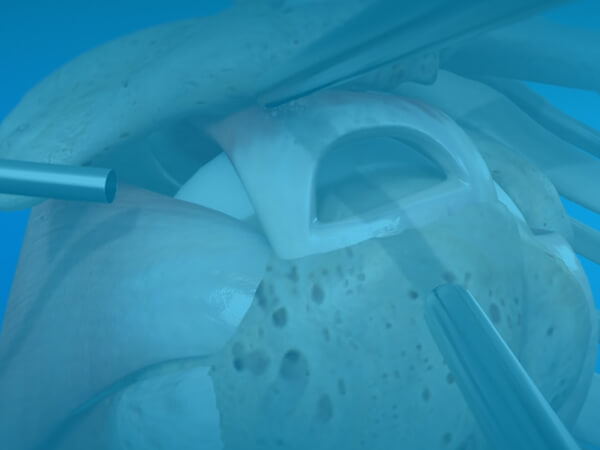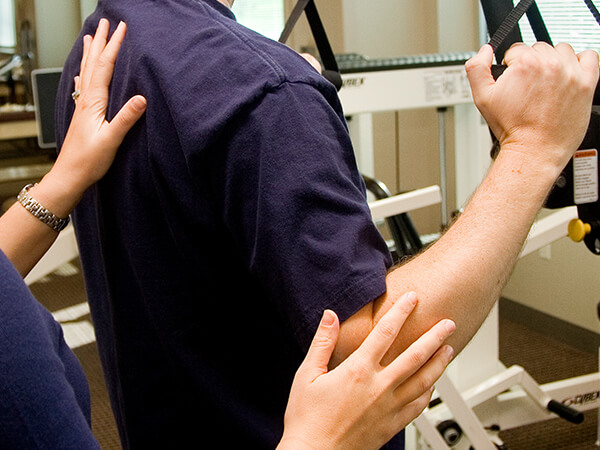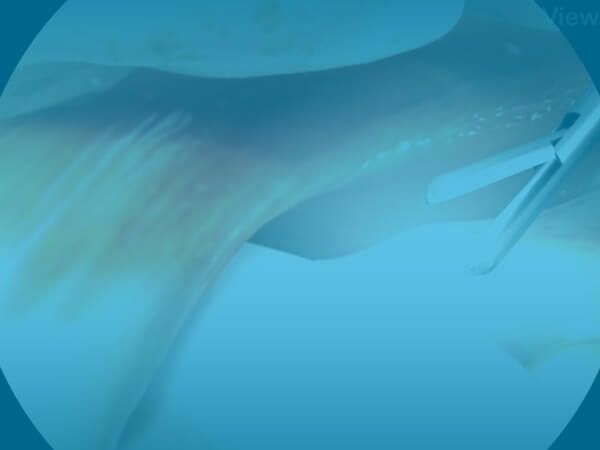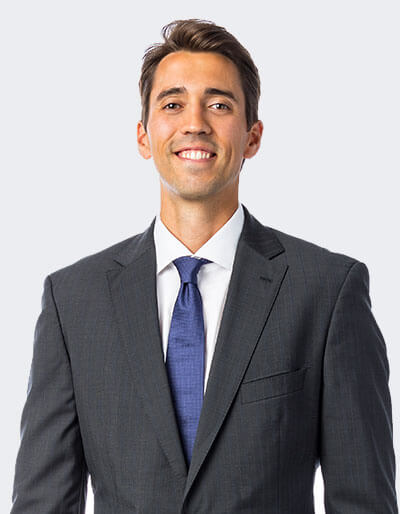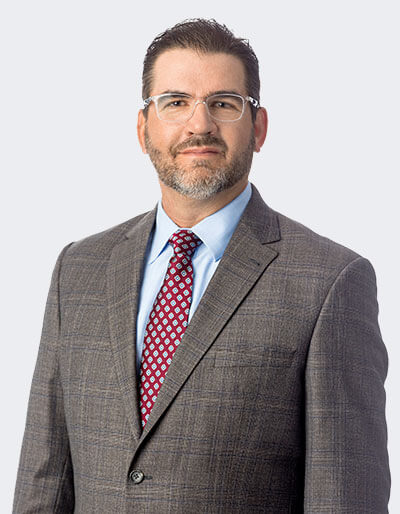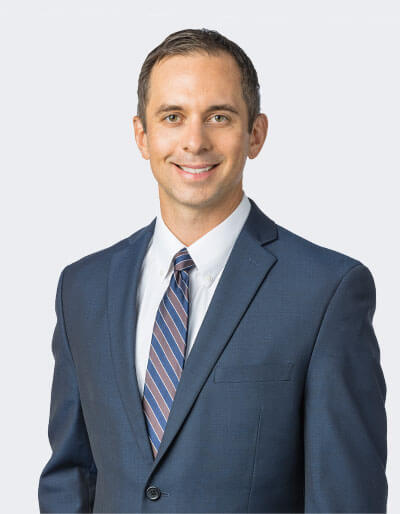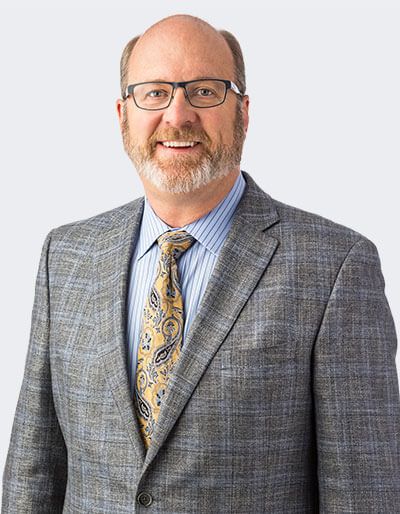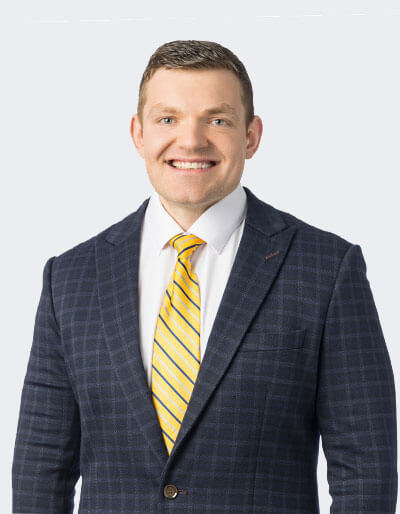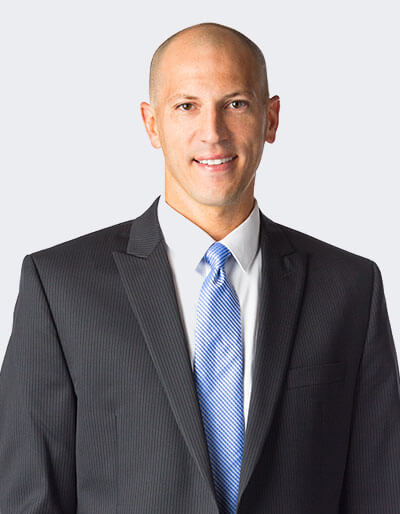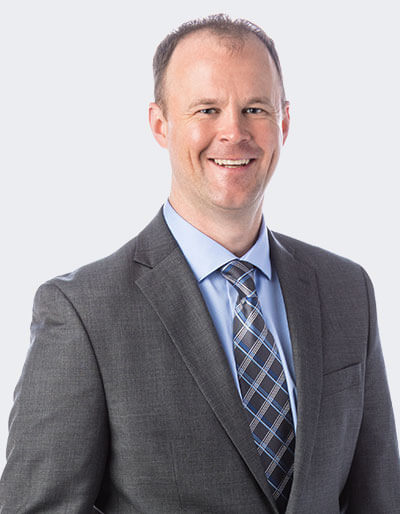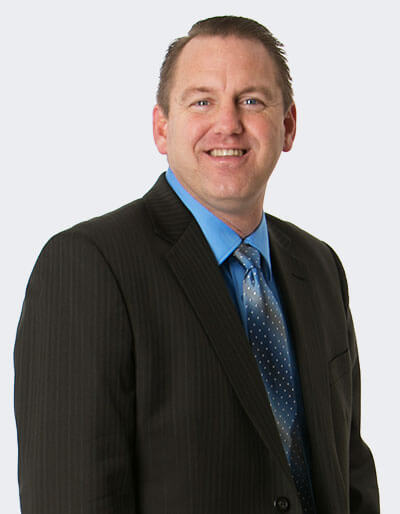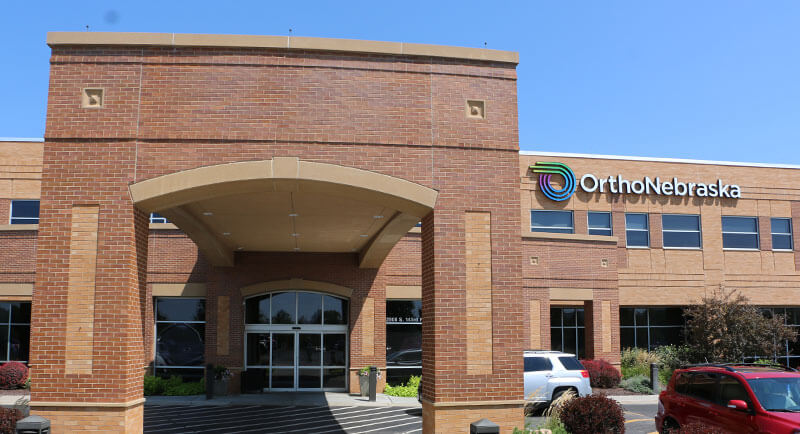What is a Shoulder Scope?
The surgeon uses small incisions and a thin fiber-optic camera to view the problem area in the shoulder joint on a screen during surgery as they repair it.
Who should have a Shoulder Scope?
A shoulder scope is generally recommended if conservative treatments like rest, physical therapy, medications, injections or other treatments do not effectively treat a condition or injury. Whether you are a candidate to not will depend on the damage to the shoulder (often assessed by MRI) and your surgeon’s skill and preference.
Does a Shoulder Scope work?
Shoulder scopes are generally successful for 90-95 percent of patients, depending on the exact surgery. Smaller scars and faster recovery are advantages over open shoulder surgery. The small incisions greatly reduce the risks of pain or infection and allow for recovery and rehabilitation much sooner. The small chance of standard complications (anesthesia reaction, infection) applies. Sometimes shoulder stiffness does occur, but this can usually be addressed in physical therapy.
What can I expect when I have a Shoulder Scope?
You may need a pre-surgical physical to make any necessary accommodations based on your health history. When you arrive at the hospital, you’ll speak to your surgeon and anesthesiologist. You are likely to put to sleep (general anesthesia).
You are very unlikely to be kept overnight, and you will need to have someone drive you home. You will need to wear a sling to help stabilize your shoulder for 2-6 weeks after the procedure, depending on the specifics of your surgery. Your physical therapist will help you progress and your doctor will re-assess you at follow up visits.
Time off from work will be based on your job, but for office workers, 1-2 weeks is typical.
What is a Shoulder Scope?
The surgeon uses small incisions and a thin fiber-optic camera to view the problem area in the shoulder joint on a screen during surgery as they repair it.
Who should have a Shoulder Scope?
A shoulder scope is generally recommended if conservative treatments like rest, physical therapy, medications, injections or other treatments do not effectively treat a condition or injury. Whether you are a candidate to not will depend on the damage to the shoulder (often assessed by MRI) and your surgeon’s skill and preference.
Does a Shoulder Scope work?
Shoulder scopes are generally successful for 90-95 percent of patients, depending on the exact surgery. Smaller scars and faster recovery are advantages over open shoulder surgery. The small incisions greatly reduce the risks of pain or infection and allow for recovery and rehabilitation much sooner. The small chance of standard complications (anesthesia reaction, infection) applies. Sometimes shoulder stiffness does occur, but this can usually be addressed in physical therapy.
What can I expect when I have a Shoulder Scope?
You may need a pre-surgical physical to make any necessary accommodations based on your health history. When you arrive at the hospital, you’ll speak to your surgeon and anesthesiologist. You are likely to put to sleep (general anesthesia).
You are very unlikely to be kept overnight, and you will need to have someone drive you home. You will need to wear a sling to help stabilize your shoulder for 2-6 weeks after the procedure, depending on the specifics of your surgery. Your physical therapist will help you progress and your doctor will re-assess you at follow up visits.
Time off from work will be based on your job, but for office workers, 1-2 weeks is typical.


